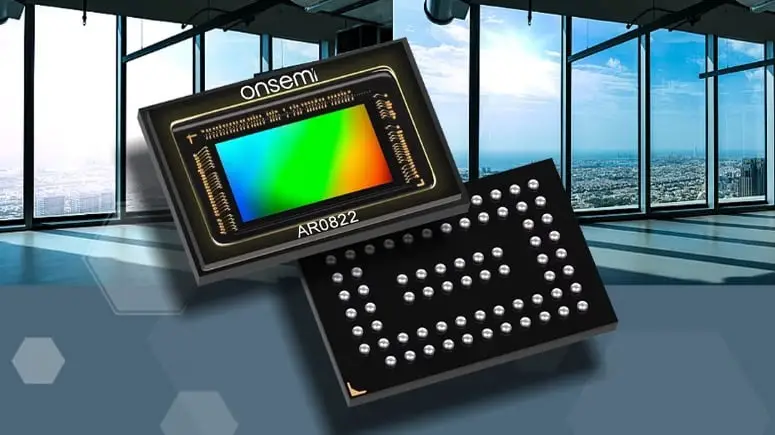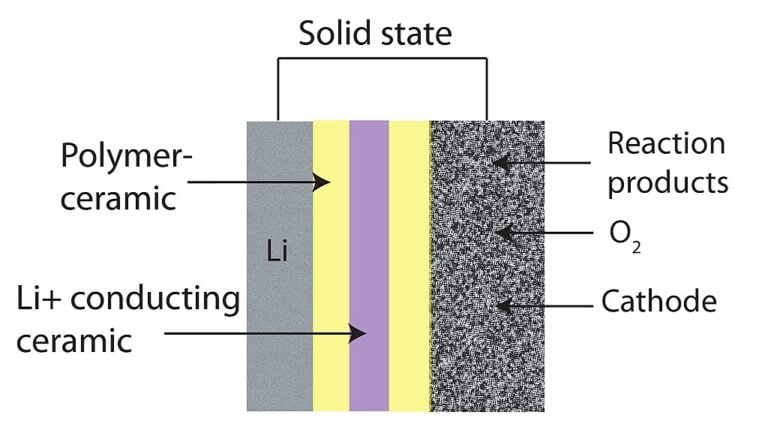In the realm of digital photography, image sensors are the unsung heroes that capture the world around us, transforming light into vibrant and memorable images. Whether you’re an avid photographer or a smartphone user, understanding the fundamentals of image sensors can enhance your appreciation for the art of capturing moments. In this blog post, we will explore the working of image sensors, their various types and their indispensable role in the world of digital imaging.
Page Contents
- The Basics: What Are Image Sensors?
- Charge-Coupled Devices (CCDs): The Trailblazers
- Complementary Metal-Oxide-Semiconductor (CMOS) Sensors: The Modern Marvels
- Megapixels: The Resolution Game
- Sensor Size: The Key to Low-Light Performance
- Beyond Visible Light: Specialized Image Sensors
- Image Sensor Advancements: Pushing the Boundaries
- The Impact of Image Sensors in Everyday Life
- Tips for Maximizing Image Sensor Performance
- Conclusion
The Basics: What Are Image Sensors?
Image sensors are electronic devices that convert light into electrical signals. They serve as the eyes of digital cameras, providing the foundation for capturing stunning photographs. There are two types of image sensors in the market:
1) Charge-Coupled Devices (CCDs)
2) Complementary Metal-Oxide-Semiconductor (CMOS) sensors.
Charge-Coupled Devices (CCDs): The Trailblazers
CCDs were the pioneers in image sensor technology and have been widely used in early digital cameras. These sensors utilize an array of light-sensitive diodes known as photosites to capture incoming light. Each photosite accumulates and stores an electric charge proportional to the light it receives. After exposure, the accumulated charges are shifted across the array to be measured and converted into digital signals. Although CCD type image sensors deliver high image quality with low noise levels, they consume more power and are slower compared to CMOS sensors.
Complementary Metal-Oxide-Semiconductor (CMOS) Sensors: The Modern Marvels
CMOS sensors have revolutionized the digital imaging industry, offering several advantages over CCDs. Instead of transferring charges like CCDs, CMOS sensors employ an active pixel sensor (APS) design, where each pixel contains its own amplifier and conversion circuitry. This design enables faster readout, lower power consumption, and the ability to integrate additional functionality, such as on-chip noise reduction and image processing. CMOS sensors dominate the market today due to their versatility and widespread use in smartphones, DSLRs, and other digital cameras.
Megapixels: The Resolution Game
When discussing image sensors, the term “megapixels” often comes into play. Megapixels refer to the number of individual pixels on an image sensor which directly impacts the resolution of the resulting captured image. Higher megapixel counts theoretically offer more detail and larger print sizes. However, the megapixel race has somewhat plateaued, as other factors like sensor size, pixel quality, and image processing algorithms also contribute to overall image quality. It’s important to strike a balance between megapixels and other crucial aspects when choosing a camera.
Sensor Size: The Key to Low-Light Performance
Sensor size plays a vital role in determining a camera’s low-light performance and dynamic range. In general, larger sensors can capture more light resulting reduced noise and better image quality especially in challenging lighting conditions. Full-frame sensors, commonly found in professional DSLRs, offer exceptional low-light capabilities but come at a higher cost. APS-C sensors strike a balance between performance and affordability, making them popular among enthusiasts and professionals alike. Meanwhile, smartphone cameras typically employ smaller sensors but compensate with advanced computational photography techniques.
Beyond Visible Light: Specialized Image Sensors
While most image sensors are designed to capture visible light, there are specialized sensors tailored for specific applications. For instance, infrared sensors can capture heat signatures and are extensively used in security systems and night vision devices. X-ray sensors find their utility in medical imaging, allowing doctors to visualize bones and internal structures. UV sensors, on the other hand, aid in scientific research and authentication processes. These specialized sensors expand the boundaries of image capture, enabling us to perceive the world beyond what the naked eye can see.
Image Sensor Advancements: Pushing the Boundaries
The field of image sensor technology is continuously evolving for better image quality, faster performance and more advanced features. Some notable advancements include:
a. Backside-illuminated (BSI) sensors: BSI sensors rearrange the sensor’s circuitry to maximize the light-gathering capabilities, resulting in improved low-light performance and reduced noise.
b. Stacked sensors: Stacked sensor technology integrates additional layers, such as memory and image processing circuitry, within the sensor itself. This enables faster data readout and opens the door to advanced features like high-speed continuous shooting and 4K video recording.
c. Hybrid autofocus systems: Many modern cameras combine image sensor data with dedicated autofocus sensors to achieve faster and more accurate autofocus performance even in very challenging conditions.
d. High dynamic range (HDR) sensors: HDR sensors employ specialized pixel designs or multiple exposures to capture a wider range of tones, preserving details in both highlights and shadows for more balanced and realistic images.
The Impact of Image Sensors in Everyday Life
Image sensors have significantly influenced various aspects of our lives beyond traditional photography. Consider the rise of smartphone photography, which has empowered people to capture and share moments effortlessly. Social media platforms have become the canvas for millions of stunning images, all made possible by the miniature CMOS sensors embedded in our smartphones. Additionally, image sensors play a vital role in surveillance systems, autonomous vehicles, medical imaging devices, and scientific research, enabling advancements in numerous fields.
Tips for Maximizing Image Sensor Performance
To make the most of your camera’s image sensor, consider the following tips:
a. Understand your sensor’s limitations: Different image sensors have unique characteristics, including dynamic range, low-light performance, and noise levels. Knowing these limitations can help you adapt your shooting techniques accordingly.
b. Master exposure control: Properly exposing your images can make a significant difference in image quality. Experiment with different exposure settings to achieve the desired results.
c. Utilize noise reduction techniques: Higher ISO settings can introduce noise in images, particularly in low-light situations. Explore noise reduction techniques in post-processing to mitigate noise while preserving image details.
d. Optimize sensor cleaning: Dust particles on the sensor can lead to unwanted spots in your images. Familiarize yourself with sensor cleaning methods or seek professional cleaning services to maintain sensor cleanliness.
e. Experiment with sensor-specific features: Depending on your camera model, explore features like HDR, focus stacking, or in-camera noise reduction to leverage the capabilities of your image sensor.
Conclusion
Image sensors are the unsung heroes behind every digital camera and smartphone, allowing us to capture and preserve the world’s moments. Understanding the basics of image sensor technology, differences between CCD and CMOS sensors, the impact of megapixels and sensor size and the latest advancements in the industry, can enhance our appreciation for the art of photography. Moreover, image sensors have expanded beyond traditional photography, enabling breakthroughs in various fields. So, the next time you snap a photo, remember the magic happening within the image sensor, transforming light into everlasting memories.








Dual pixel sensors in canon camera is also very interesting eye